Why is it important to know the best time of the year to plant roses? Because if you plant them at the perfect time you can enhance and prolong their beauty, scent, soul, and color. In fact, roses that were planted at the ideal time bloom for months throughout summer into fall. While roses make your garden pop, they also serve important purposes. For example, single-flowered roses provide for pollinators like bees and certain species of birds. So, if you want to learn about the best time of the year to plant roses, continue reading.
When Is the Best Time of the Year to Plant Roses in the United States?
Because the U.S. is so vast, results will vary. For example, the best time of the year to plant roses in the Northern regions of the United States is from April to May.
Planting Roses in the Northern States
April is perfect for planting bare-root roses in the northernmost states of the U.S. from USDA Zones 4 and 5. However, May is an ideal time to plant roses for zones 1 through 3. But, no matter the month, always wait until the spring frost has passed in your area before planting container roses from a nursery.
There are several factors to consider when planting roses, like if your garden has dried out enough to the point where the soil crumbles. Unfortunately, if there is still moisture in the ground, the soil will clump into hard balls, especially if it contains clay. But if your bare-root roses have arrived and there is still snow on the ground, do not panic! You can store them in a dark spot with water covering their roots for a few days. In addition, you can place them in a container with drainage holes, covering the roots with compost or lightly damp sawdust.
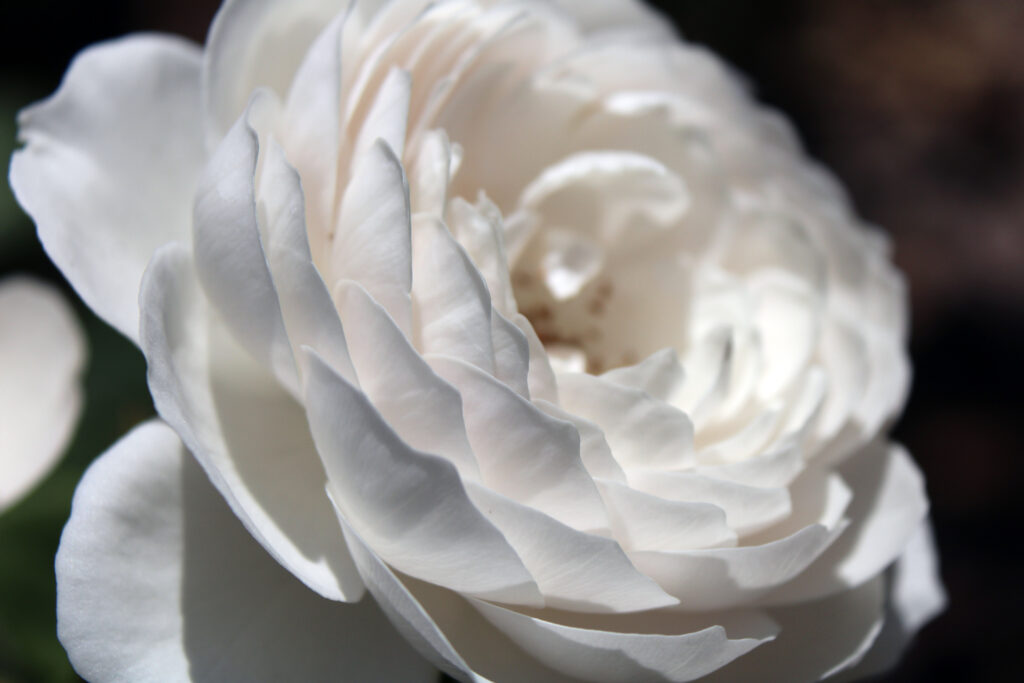
April is perfect for planting bare-root roses in the northernmost states of the U.S. from USDA Zones 4 and 5. However, May is an ideal time to plant roses for zones 1 through 3.
©Stacey Farooqui/Shutterstock.com
Planting Roses in the Southern States
The Southern States are warmer, so the best time of year to plant roses is from January through March if you work the soil. In Zones 9 and 13, which consist of the southernmost areas in the U.S. and Hawaii, you can plant roses as early as January or February. However, the perfect time to start planting in Zone 8 is late February, while Zone 7 residents should wait until early March, and Zone 6 should wait until late March. But, these dates are not set in stone; they can vary yearly depending on weather. So, if you need to hold off on planting, you can place your roses in a well-drained trench, covering the roots with slightly damp compost or soil. But, if you leave them in the trench for too long, they may plant their feet there.
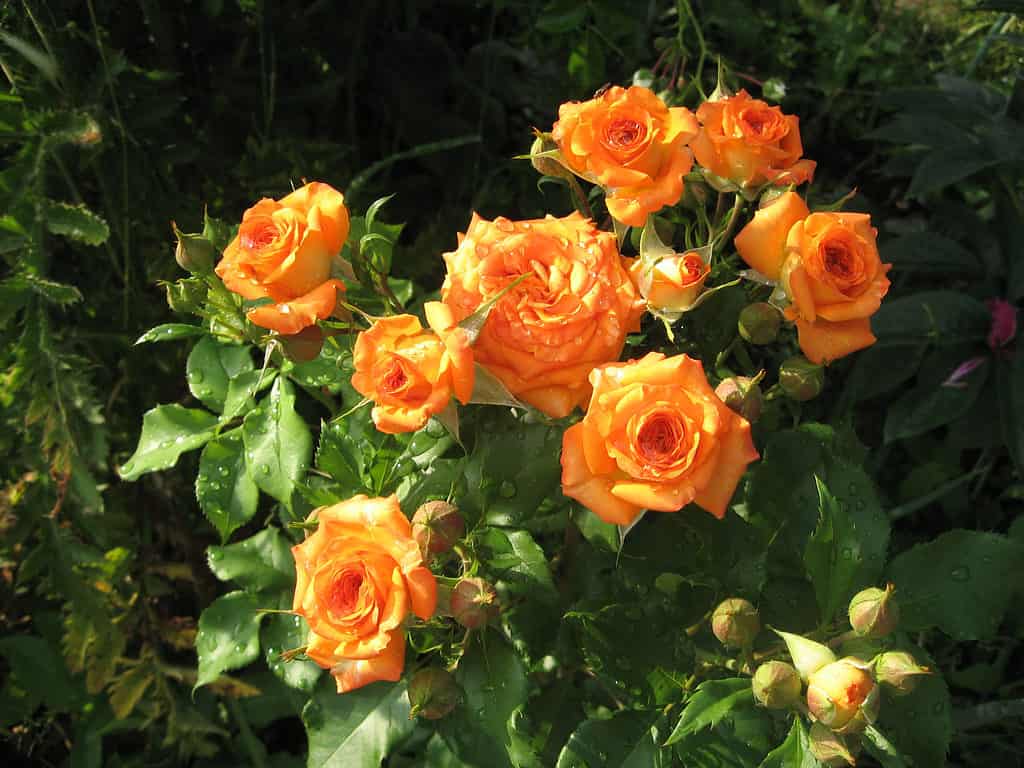
The Southern States are warmer, so the best time of year to plant roses is from January through March if you work the soil.
©FarbaKolerova/Shutterstock.com
What Climate Do Roses Grow Best In?
Knowing the best time to grow roses is important, as it helps them thrive. Hundreds of rose species are cultivated across the U.S. But, not all of them are the same or develop in the same climate. But roses usually grow in warm climates and begin to flower during the summer. However, certain species can grow in hot, humid climates, like Florida. Alternatively, others can thrive in colder climates, some with winter temperatures as low as -50 degrees Fahrenheit.
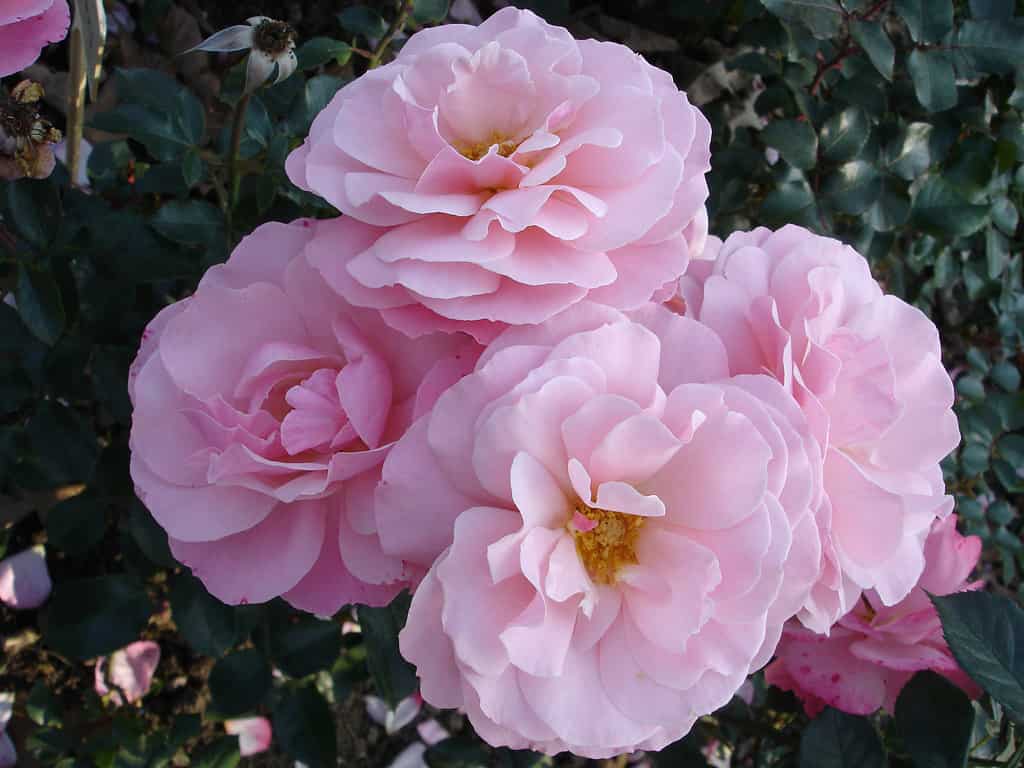
Knowing the best time to grow roses is important, as it helps them thrive. Hundreds of rose species are cultivated across the U.S. But not all of them are the same or develop in the same climate.
©Malle/Shutterstock.com
Where Do Most US Roses Come From?
A small town in California boasts the reputation of being the global hub of rose production due to its rich soil, the steady water source for irrigation, and sunny weather. Wasco produces around 40% of the roses grown in the USA and is home to some of the largest rose nurseries in the nation. This little town has five active rose producers who collectively cultivate thousands of acres. Sadly, there used to be more, but after the 2008 recession, three major nurseries filed for bankruptcy after the rose industry was hit hard, and two went out of business. However, farmers in the area have options, as large areas of land are used for almond, carrot, grape, dairy, pistachio, and citrus production.
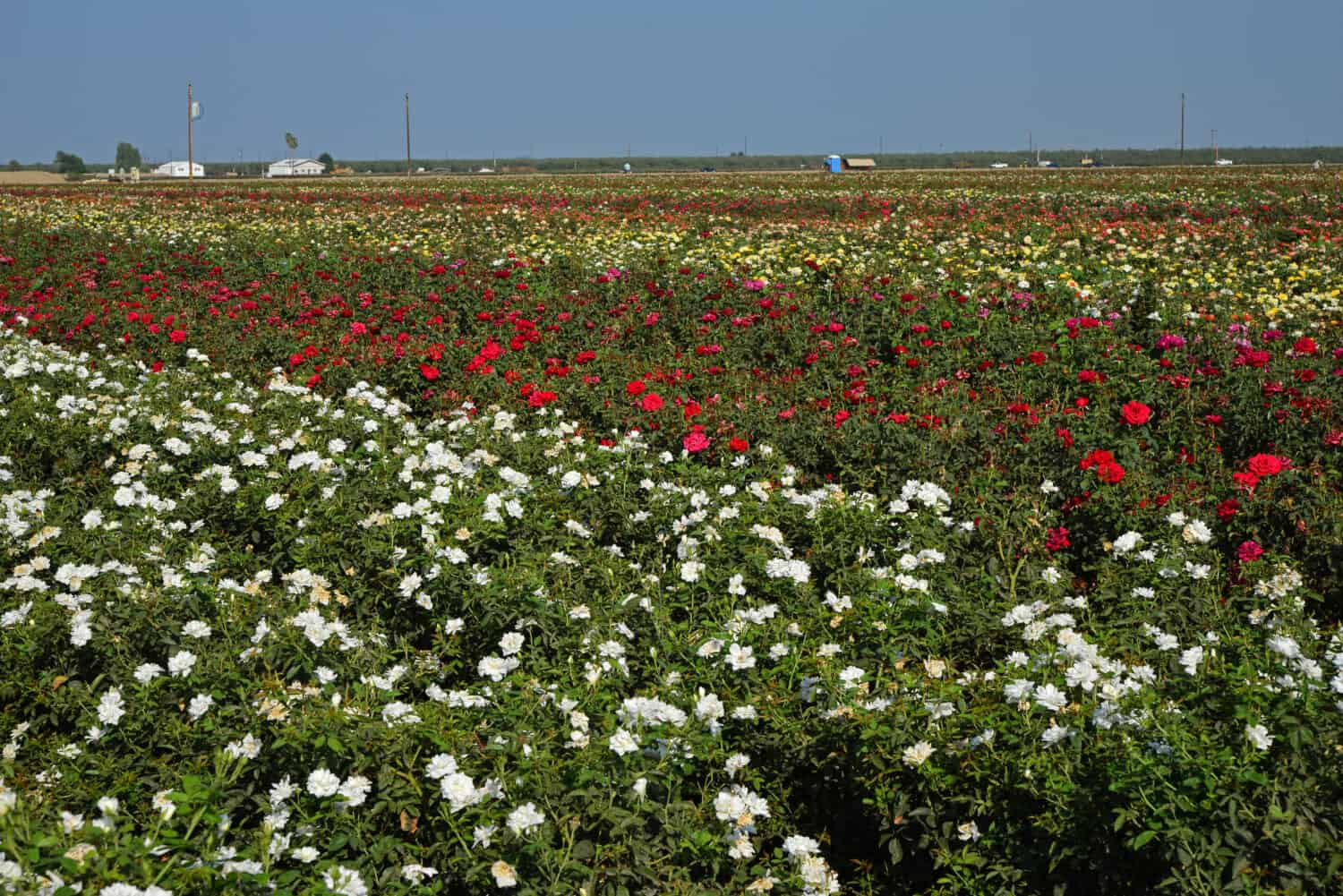
Wasco produces around 40% of the roses grown in the USA and is home to some of the largest rose nurseries in the nation. This little town has five active rose producers who collectively cultivate thousands of acres.
Image: Richard Thornton, Shutterstock
©Richard Thornton/Shutterstock.com
Tips for Planting Roses
Roses bring everything in your garden to life. To get the most out of this romantic flower, use the following tips:
Choose the Perfect Rose
Before going out and splurging at a nursery, do your research. Not all roses are the same, and you must select a species that suits your capabilities. For example, disease resistance is one of the most important factors to consider. The less time you spend on doctoring your plants, the better. On the top of your list should be roses resistant to fungal diseases, like powdery mildew and black spots.

The less time you spend on doctoring your plants, the better. On the top of your list should be roses resistant to fungal diseases, like powdery mildew and black spots.
Image: Douglas Cliff, Shutterstock
©Douglas Cliff/Shutterstock.com
Sunshine is Key
It’s a known fact that roses love sunshine, which is why they grow so well in the Southern states. Therefore, you should plant your roses in a spot that receives at least six hours of full sun daily. However, if you live in a town/city suffering from sweltering temperatures and minimal rainfall, ensure that your roses get some afternoon shade. Additionally, the area should be protected from strong winds. Lastly, never plant your roses under a tree because they won’t grow in the shade and may sustain damage from falling branches.
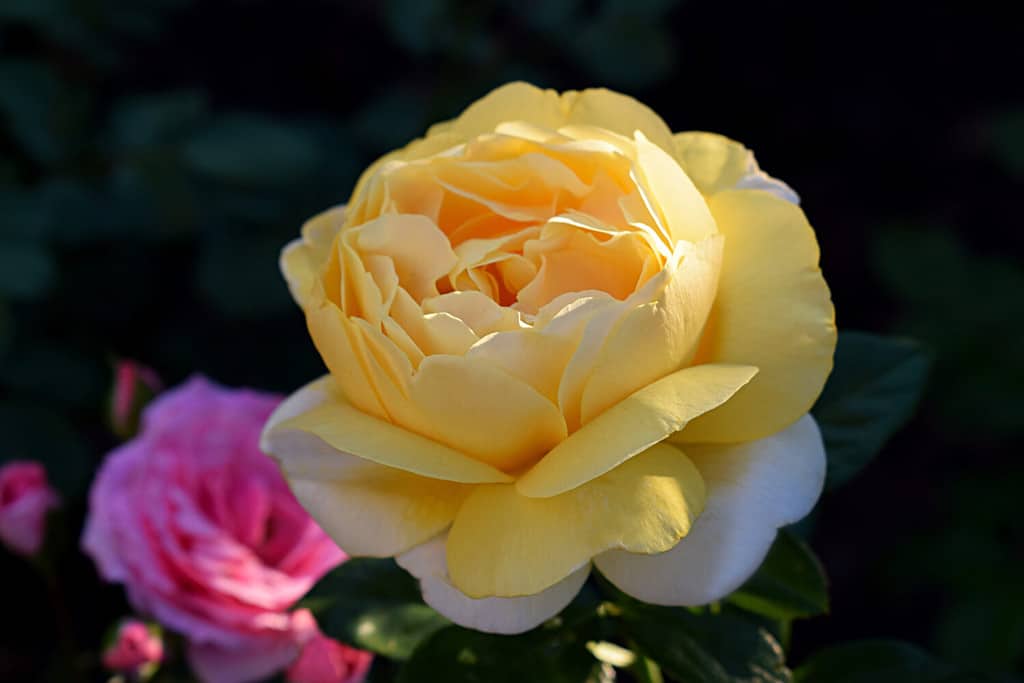
It’s a known fact that roses love sunshine, which is why they grow so well in the Southern states. Therefore, you should plant your roses in a spot that receives at least six hours of full sun daily.
©Marina Rose/Shutterstock.com
Rose Bushes Need Space
There must be enough airflow around your rose bushes to help prevent fungal disease such as powdery mildew and black spots. For example, planting roses at least three feet apart is best to eliminate competition for soil nutrients. In addition, these bushes can grow quite big, around 8 feet wide, and therefore, need more space. As a result, you should always consider mature sizes when spacing your roses.
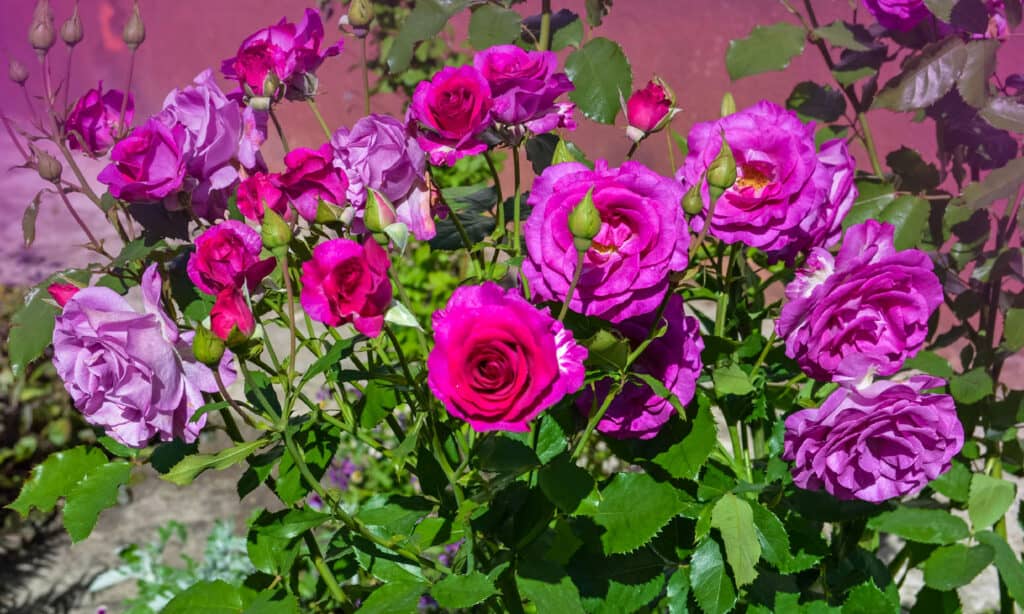
There must be enough airflow around your rose bushes to help prevent fungal disease such as powdery mildew and black spots.
©LesiChkalll27/Shutterstock.com
Prune Your Roses
You should start pruning your roses in early spring. It’s important to do this to open the center of the shrub or plant to allow for better air circulation and light penetration. This creates an environment that helps prevent the development of fungal diseases.
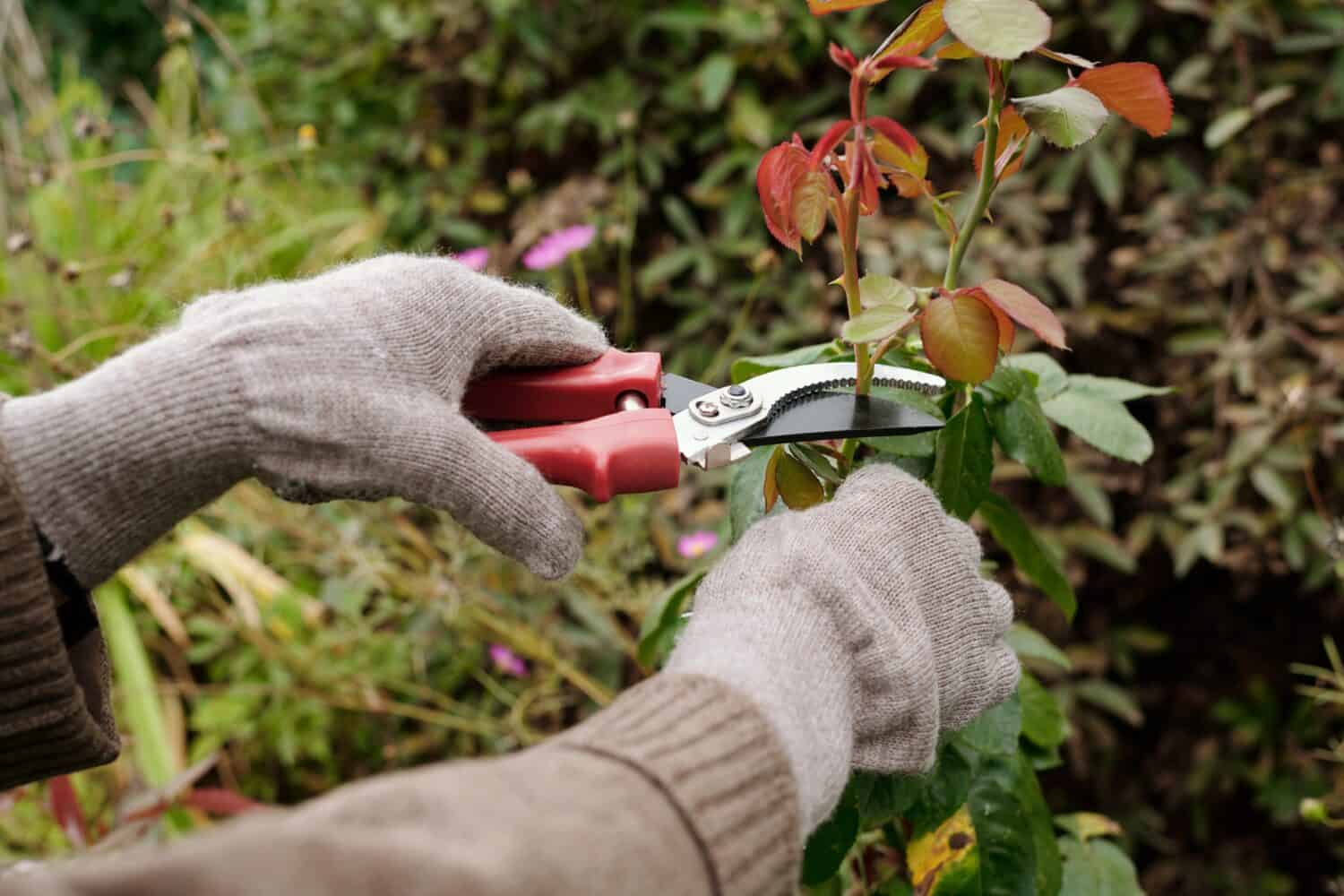
You should start pruning your roses in early spring. It’s important to do this to open the center of the shrub or plant to allow for better air circulation and light penetration.
Image: Pressmaster, Shutterstock
©Pressmaster/Shutterstock.com
Keep Your Garden Tidy
You can keep your roses healthy by eradicating diseased, dead, or dying plants from your garden, including fallen rose leaves with potential diseases. Unfortunately, fallen leaves with fungal spores can overwinter and infect the rose the following spring.
The photo featured at the top of this post is © smhalv/Shutterstock.com
Thank you for reading! Have some feedback for us? Contact the AZ Animals editorial team.







